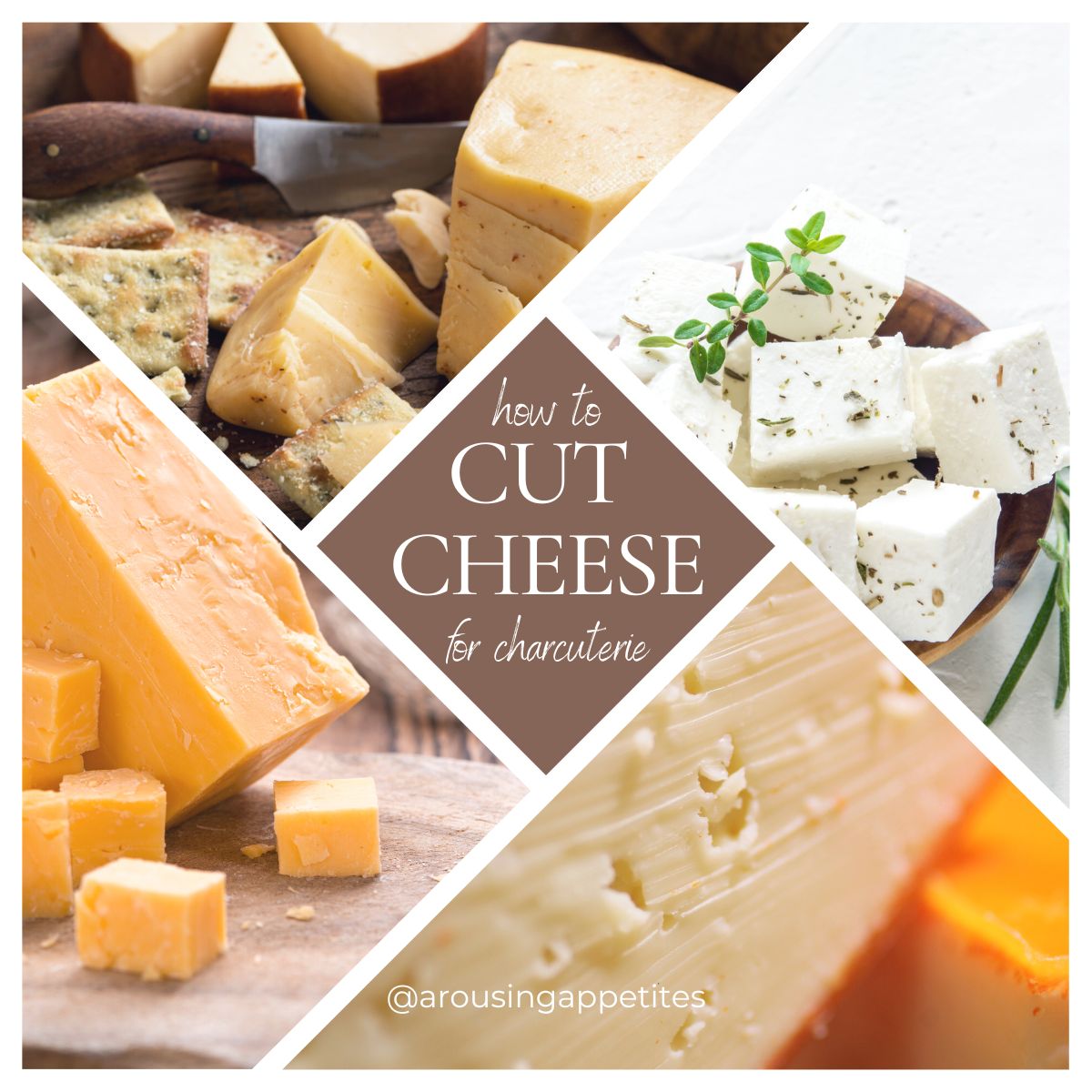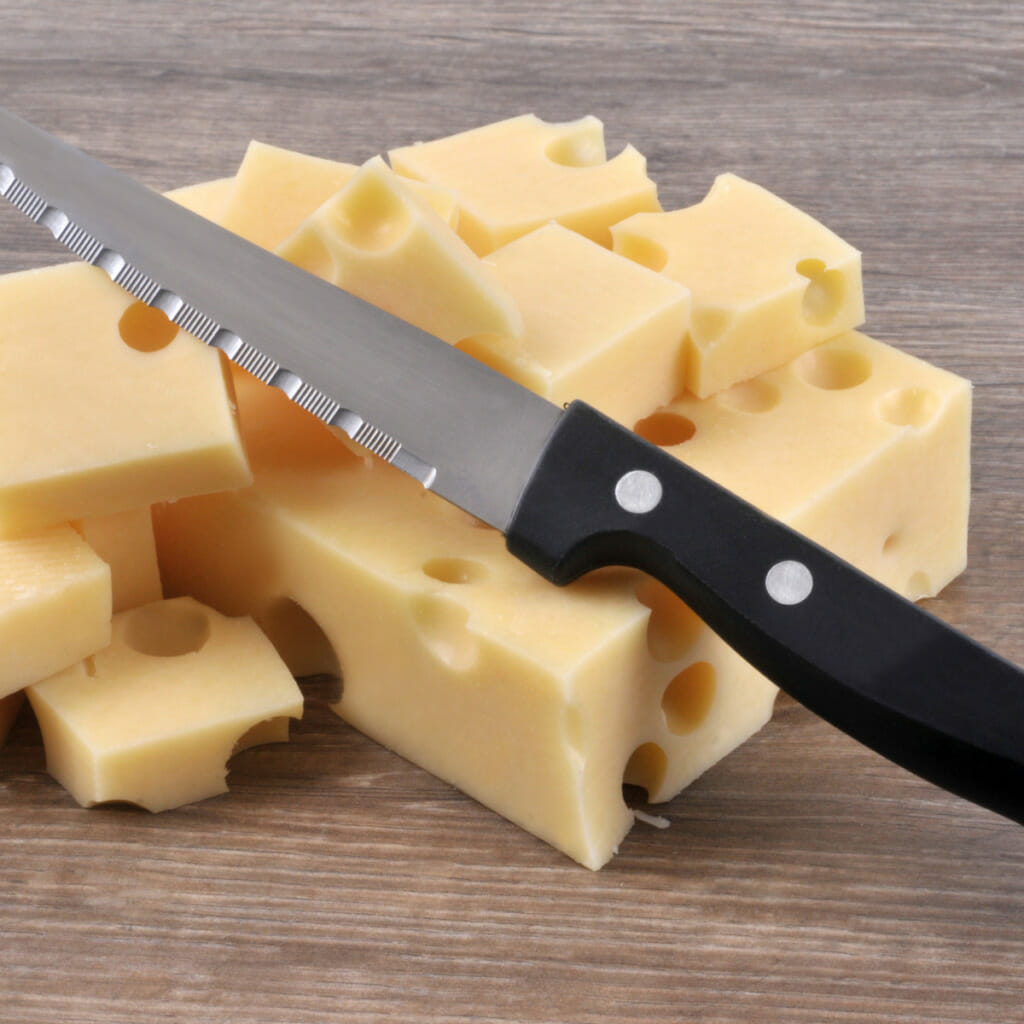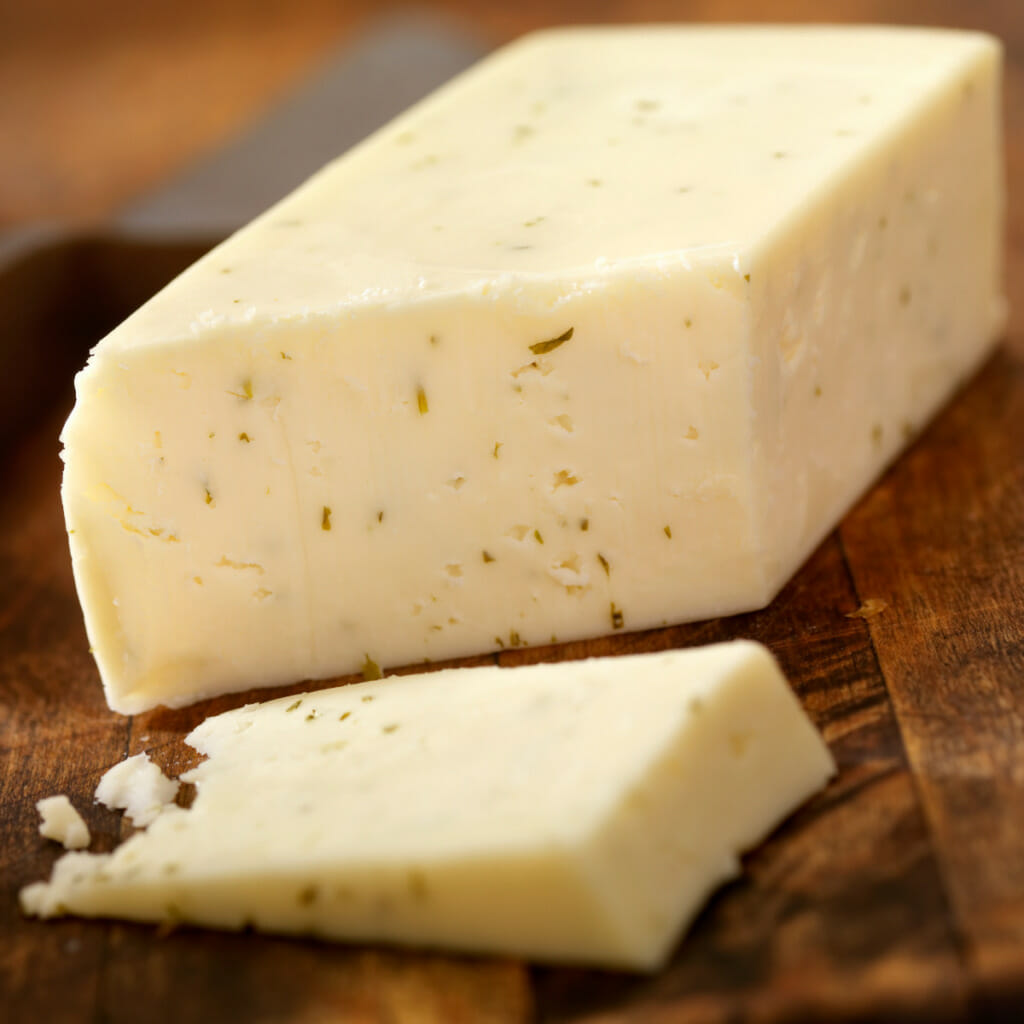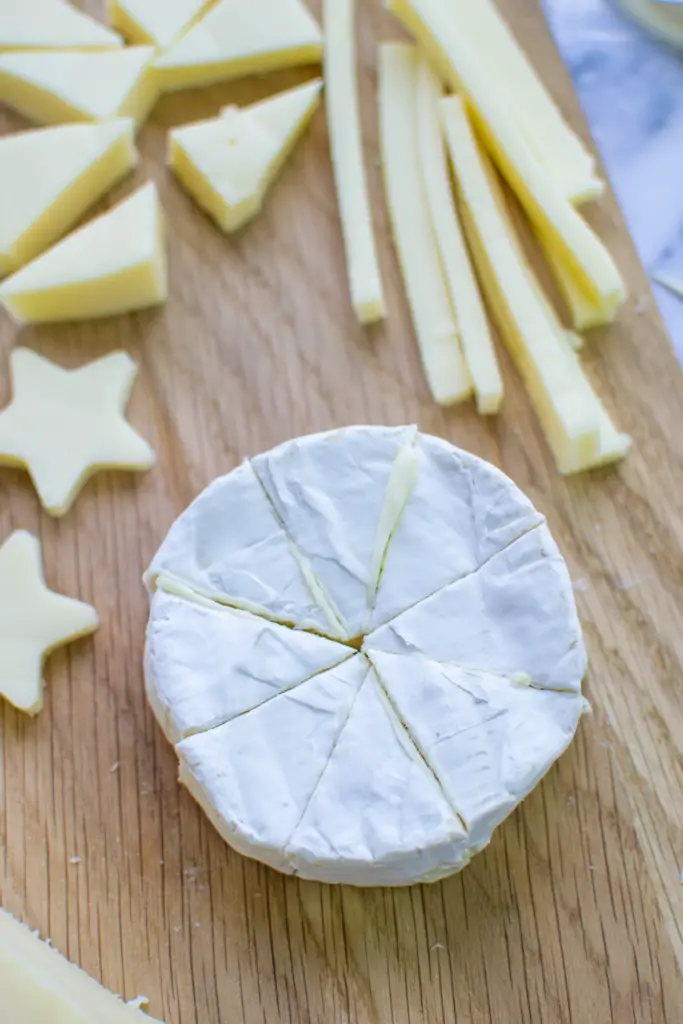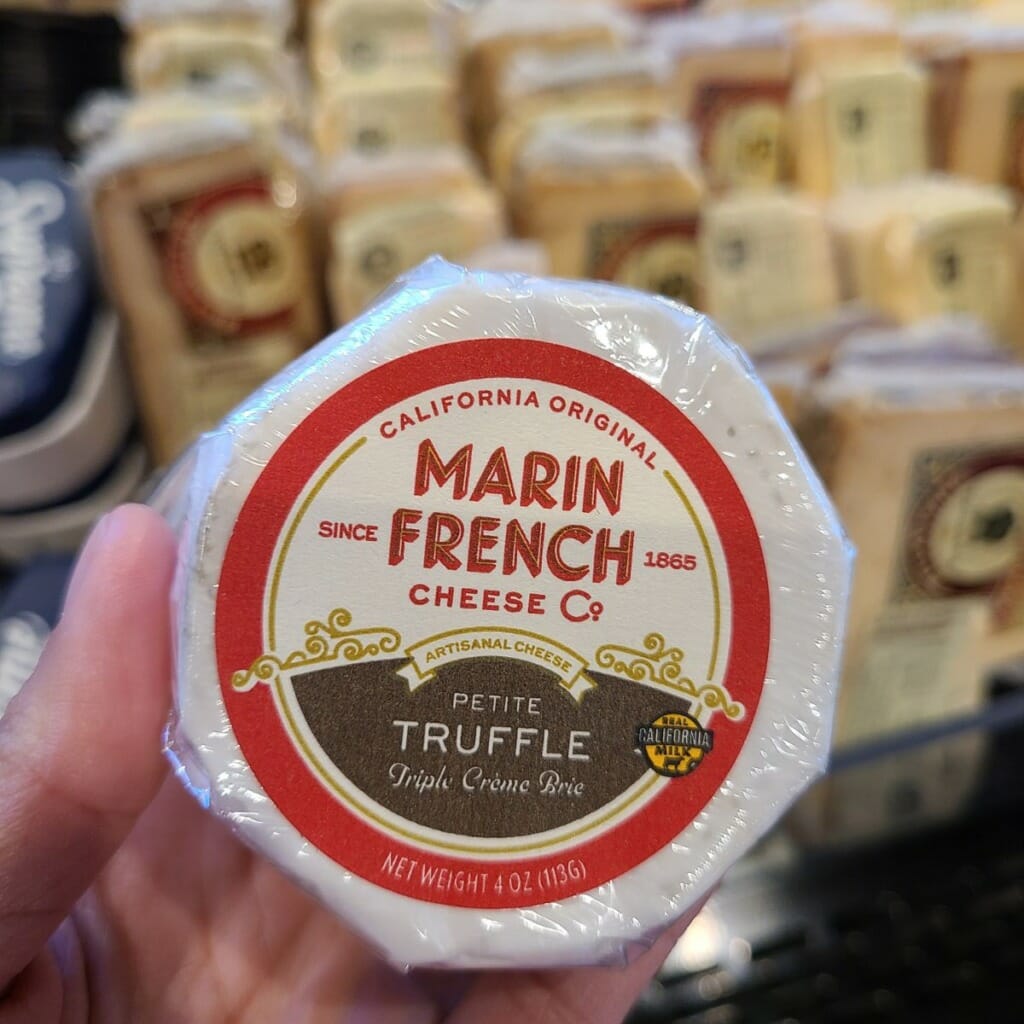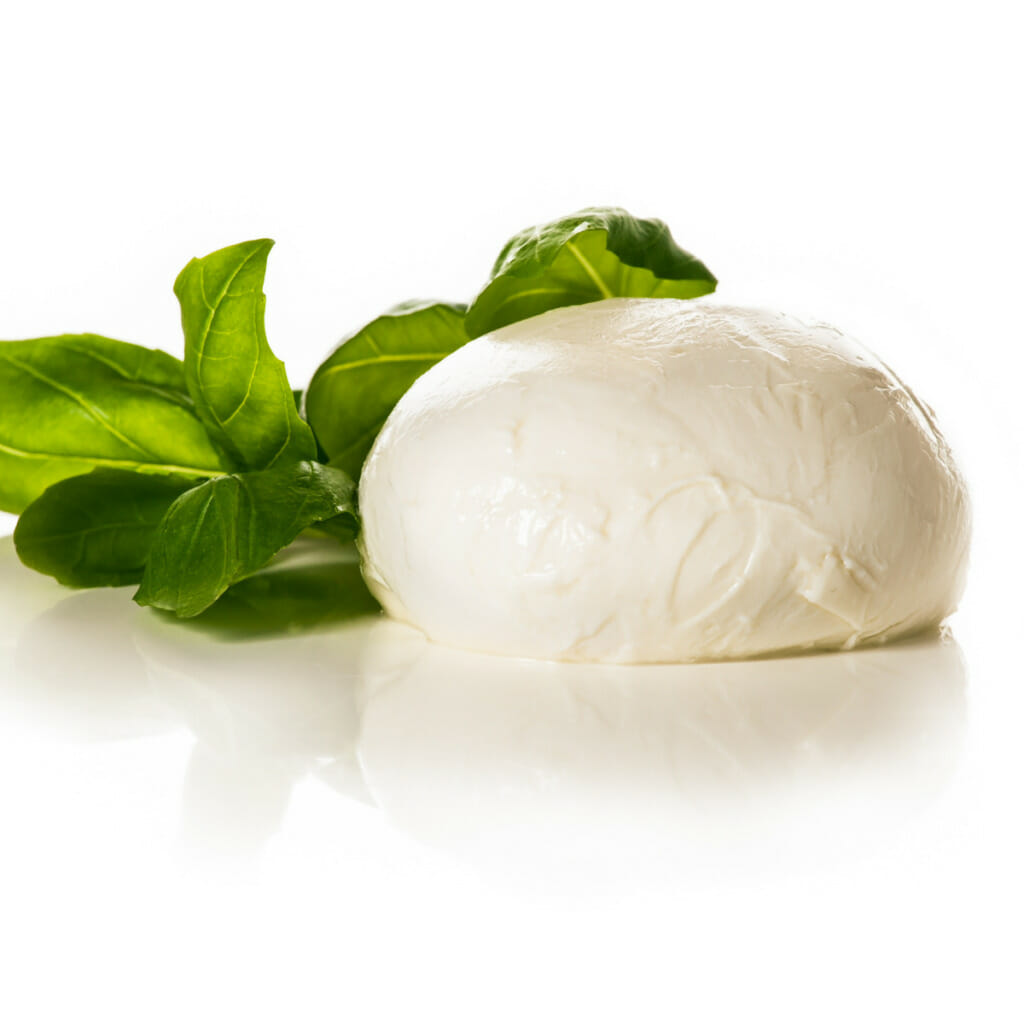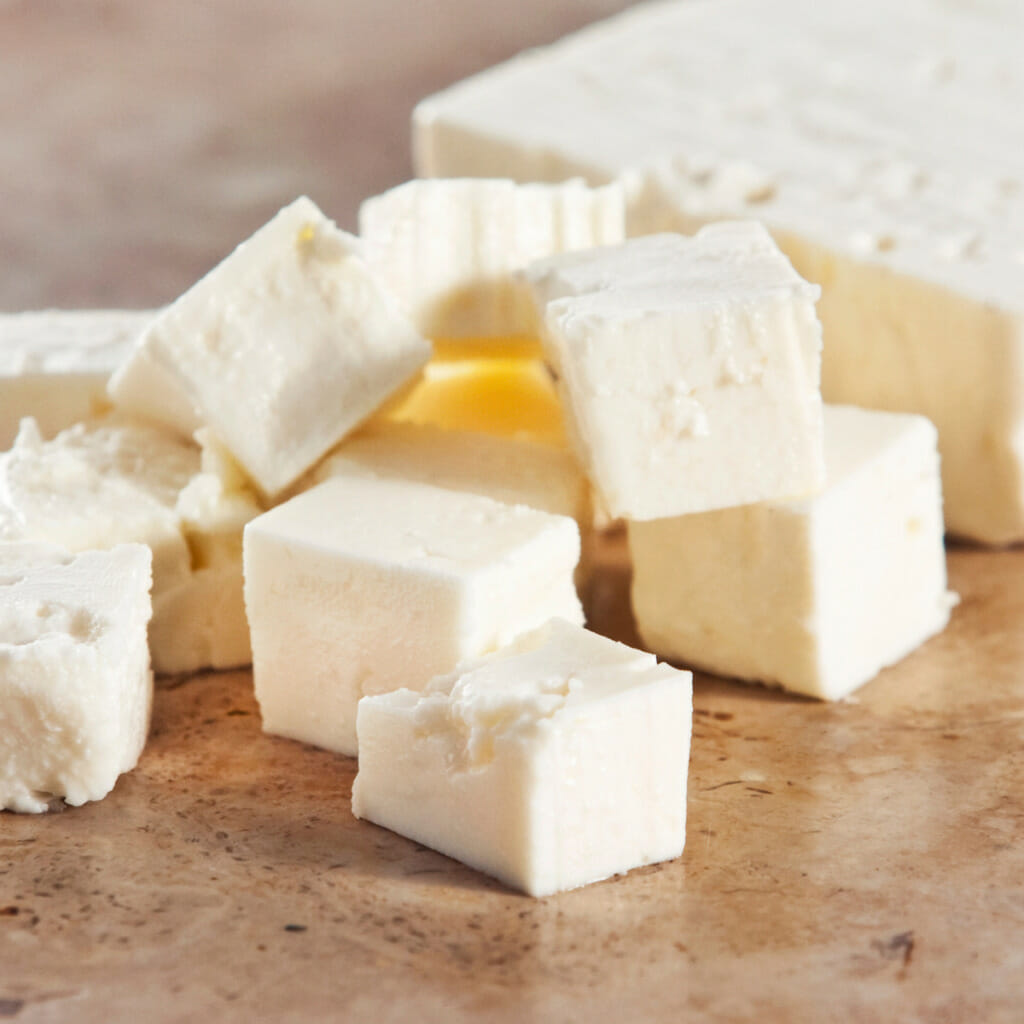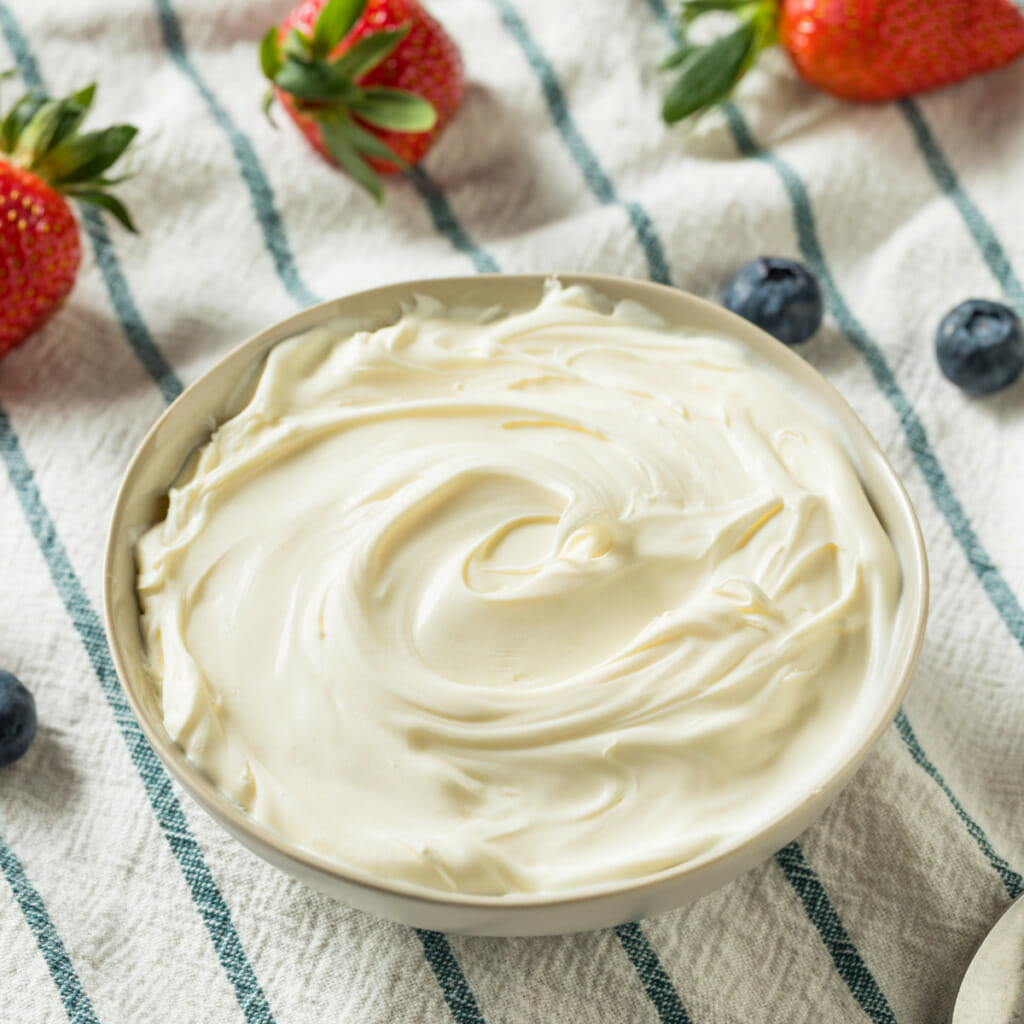Cheese is an important part of any charcuterie board. Knowing how to cut cheese for charcuterie is essential so that you can create a beautiful aesthetic with your board. Cutting cheese is not difficult if you have the right tools for it. However, cheese can vary wildly in texture and flavor, and you should become acquainted with some common cheeses so that you can choose the right ones for your board.
This article will tell you how to cut different types of cheese for charcuterie boards. We will discuss common types of cheese, ideal slicing techniques, and how to them visually appealing and easier for guests to pick and eat from the board. Let’s look at these edible masterpieces and see how to cut cheese for charcuterie.
Table of Contents
Before you Begin
Before you begin cutting cheese, you’re going to need a few essentials.
Know the Best Pairings
Making the perfect charcuterie isn’t as simple as it seems. Before you learn how to cut cheese for charcuterie, you’ll want to know how to pair each cheese with the different meats, fruits, and condiments on your board. Whether you’re putting together a traditional spread or opting for a charcuterie without pork, selecting the right cheese can transform your charcuterie experience. If you’re unsure about your pairings, read more about how to choose cheese for Charcuterie.
Equipment
Before you review how to cut cheese for charcuterie, you need to grab a cutting board and a knife or two. The type of knife you need can depend on the size and texture of the cheese you are cutting, but generally your go-to chefs knife will work for many cheeses if you don’t have a specific cheese knife available.
How To Cut Cheese for Charcuterie Boards
Parmigiano-Reggiano
Parmigiano Reggiano is a hard, dry cheese made from skimmed cow’s milk. Italians call it the king of cheeses. It has a pale golden rind and a rich, sharp flavor. It may be difficult for you to cut into slices due to its granulated texture.
To cut Parmigiano, you need a small cheese knife. You can slice the hard cheese with this small knife or chisel them out. With the help of a knife, chisel the cheese out along the line. There is no need to be precise with the cuts and slices as it will be crumbly. These salty crumbles are delicious for you to serve as-is, or paired with olive oil. Drizzle some on the top to give it even more depth. You can also drizzle a bit of balsamic vinegar. It adds a bit of acidity and sweetness to balance the saltiness of this hard cheese. Parmigiano also goes well with figs and olives.
Gruyère
Gruyere is another type of hard cheese from Switzerland. Swiss cheese comes as a big block of cheese. You can take a slicer and cut small slices of Gruyere or use your chef knife (on Amazon) and cut a small slice off the block.
Havarti
Havarti is a famous Danish cheese. It has a fresh creamy texture. It’s a buttery kind of cheese. You can pair it on board with pretty much everything due to its rich, creamy taste and semi-firm texture. Havarti cheese comes in big rectangular blocks. To cut Havarti, you need a sharp chef knife (on Amazon). Simply cut them into slices and pair them with crackers.
Raclette
This is also a semi-firm cheese. It’s also a melting cheese, and the best way to serve it is by melting it and spreading it over bread or crackers. Use a sharp knife and cut the larger wedge into two. Once in two parts, keep slicing smaller wedges from the bigger chunk. Heat the smaller wedges over and put them on salami slices or potato wedges.
Tête de Moine
This cheese comes in a tall, cylindrical shape and has a nutty flavor. Its rind can get tough with aging, so removing it before cutting is better. Use a sharp knife and remove the rind. When it comes to this cheese, learning how to cut cheese for charcuterie may be tricky. Traditionally Tete De Moine is cut with a Girolle, a type of slicer that sits on top of the wheel and shaves off bits of cheese at a time. If you have a Girolle, you can put the Tete De Moine block on your counter, put the blade on the block, and twirl it around to release small floral shavings.
Swallow Tail Tomme
Swallow Tail Tomme is a cooked, milk-pressed cheese. It’s considered to be soft cheese, but it’s semi-firm. It tastes sour and smells fresh, like raspberries and grapes. It has a thick, edible rind that adds a lot of earthiness to the flavor. Use your chef knife (on Amazon) to cut even slices starting from the upper rind to the bottom.
Goat Tomme
Similar to Swallow Tail Tomme, this is another type of pressed cheese. However, Goat Tomme is uncooked. It also has an earthy rind. You can also take a chef’s knife and create thin slices.
Bismark Clothbound Cheddar
Bismark clothbound Cheddar is a crumbly cheese with a sweet, savory, and tangy flavor. It’s a sheep’s milk cheese with a slightly nutty flavor.
To cut this cheese, remove the cloth rind with your hand. Then use a sharp knife to cut the slices from the wedge. You can also use a paring knife and cut the smaller chunks from the front of the triangle.
Shelburne Farms Cheddar
Shelburne Farms Cheddar is raw cow’s milk aged in Cryovac bags. That makes cheese fudgy, dense, and toothsome. It has a very sharp and potent flavor. You can cut the Shelburne cheddar into even slices or cut them into smaller cubes. Cheddar cheese cubes go well with grapes and dry fruits and go perfectly well on a charcuterie board.
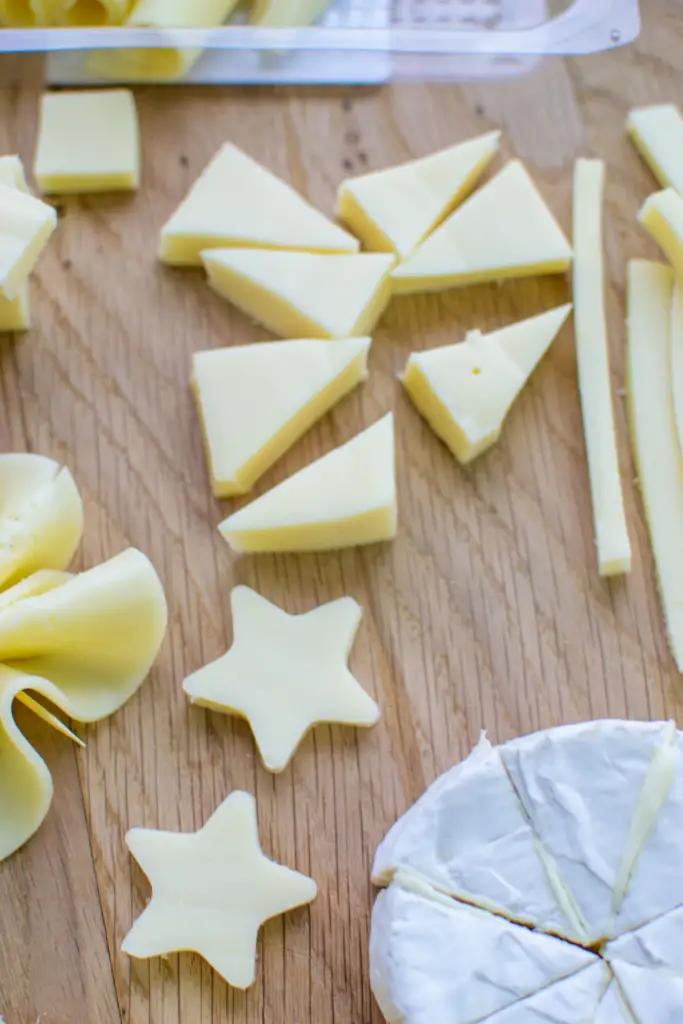
Manchego
Manchego is a waxed cheese; it has a thin paraffin wax coating with a distinctive basket pattern. It’s a Spanish cheese made of pure sheep’s milk. You can cut the block of Manchego into small wedges from top to bottom. Use a knife and press it gently to cut an even slice. You can also turn it on its side and cut the rind off. With the rind off, cut the cheese into smaller triangles.
Gouda
Gouda is from Holland, aged between 12 to 18 months, but it can be preserved for 4-7 years. Its taste depends on the age. Young Gouda has a mild buttery flavor. But as it ages, it becomes sweeter. This one is also wax-coated, which makes the cheese creamier. Gouda will allow you to be very creative in terms of how to cut cheese for charcuterie. It’s typically sold by the wedge, from which you can cut small cheese sticks from the front. You could also cut them from front to back in larger triangular shapes. Or use a cheese planer and cut thin slices that melt on the tongue.
Brie
If you want to know how to cut cheese for charcuterie, you will definitely need to review Brie. Brie has a mold-ripened rind that is perfectly safe to eat. You will typically purchase it by the wheel, and the small, delicate wheel is often placed in the middle of the charcuterie board. It has a thick, wrinkly rind, so the best tool to cut brie is a sharp boning knife or soft cheese knife.
Wedges of brie can be used as a centerpiece on charcuterie, or you can create half wheels with them. You can cut the cheese into half and then cut small wedges, Or you can cut small wedges from the middle. Brie has a creamy and buttery, and sweet flavor.
Camembert
Camembert cheese has a gooey and creamy texture. It has a pungent smell and strong flavor. This one also has a bloomy rind which can be eaten. It’s a semi-soft cheese, and similar to brie, you can cut it into half and cut smaller wedges like pizza with the help of a cheese knife. You can serve it as-is and let your guests spread it on crackers, nuts, or cured meat slices.
Coupole
Coupole is another cheese with an edible, bloomy rind. It’s soft cheese; you can use a hard wire or a soft cheese knife to slice wedges. Simply cut it into half, and then you can further cut it into smaller slices, chunks, or even wedges of cheese. It has a fresh taste comparable to yogurt.
Gorgonzola
This is a famous Italian Blue cheese. You can use a thin cheese knife to cut this type of cheese or use any other sharp knife or wire to cut thin slices of Gorgonzola.
Roquefort
Another blue cheese, Roquefort famous for its butter-like texture. It has a fruity and earthy flavor. Cutting Roquefort can be challenging due to its crumbly texture. You can use the sharp wire and cut nice and even wedges.
Époisses
Epoisses has a rind that is washed with spirit made from pressed burgundy grape wine. It has a rich aroma and a creamy texture. It becomes gooey as it ages. When it comes to how to cut cheese for charcuterie, you don’t have to do much work for this type of cheese. Due to its creamy consistency, you can place it in the middle of your charcuterie board with a cheese spreader. Guests can dig in and take a dollop and spread it over crackers, bread, fruits, or anything they fancy.
Winnimere
Winnimere is a raw cow’s milk cheese with a washed rind. It is only available from January to April. It has a nutty flavor and is also creamy and runny from the center, wrapped in soft bark. The bark is not edible, so cut the top rind off with a sharp knife and peel it away. Below the rind, you will find a creamy, buttery cheese that guests can dig in with a spoon and spread over a baguette.
Mozzarella
Mozzarella is a fresh cheese with a simple taste. You can shred it with a shredder and spread it over other items, and you can cut small slices or make a small ball of Mozzarella and put it on your charcuterie board.
Ricotta
Ricotta is a popular fresh cheese. You can put it in small bowls and serve it on board for guests to spread.
Burrata
Burrata is fresh mozzarella stretched and shaped into a purse. It is filled with Stracciatella. Stracciatella is strings of Mozzarella in salted heavy cream. Cut the burrata into the half with a boning knife and serve it as-is, or take the creamy mozzarella inside and serve it with Prosciutto.
You can also just leave this as is and let people serve themselves! It’s actually pretty impressive when you place it as the center of a charcuterie – it makes guests wonder “what is that ball in the middle?”
Queso Fresco
Queso Fresco is a mild fresh cheese. It has a soft texture, so you can crumble it and spread it on fresh fruits, crackers, or deli meat.
Feta
Feta is another type of fresh cheese. It is packed and aged in salted brine. You can cut it into smaller cubes or rectangular slices.
Labneh
Labneh is a fresh and soft cheese, almost creamy like yogurt. It has a tart and tangy but very creamy taste. You can serve it like cream in small bowls as dips.
Farmer Cheese
Farmer cheese is a fresh white cheese with a crumbly texture. It has a fluffy and creamy texture. You can mix it with herbs and use it as cream and dips.
Mascarpone
Mascarpone is another cream cheese with double or triple cream cheese. It has lots of fat and a buttery flavor. They are luxuriously creamy; again, you can serve them as dips with herbs or as it is. It can be served savory or sweet. Your guests will love to top mascarpone with lots of berries and fruits.
In case you didn’t know, marscarpone is what is used to make tiramisu. It has a texture and taste of creme fraise. Hey, while you’re at it, sprinkle it with some cinnamon and serve your characuterie with some soft ladyfingers!
Halloumi
Halloumi is semi-firm and has fresh cheese. It is made from a blend of goat and sheep milk in Cyprus. It has low acidity and a high melting point. You can cut it into smaller sticks or in the shapes of cubes and fry or grill it.
Cotija
Hailing from a small town in Mexico, Cotija is also semi-hard, salty, and fresh cheese. You can cut small wedges or triangles, crumble them, and spread them over deli meat or crackers on board.
Final Words
Knowing the type and nature of cheese helps you cut them with perfection for a charcuterie. You can choose the cheese you prefer, are easier to afford or any cheese that is easily available in your area. Choose all types of hard, soft, and semi-firm cheeses. Use shapes like small cubes, slices of cheese, or bigger chunks. You can use the wheels of cheese as centerpieces and cut the smaller fresh cheeses into smaller chunks and fill in your charcuterie board. Having the right tools to cut cheese and a basic chef knife is essential for uniformity of size and accurate slicing. We hope this article has answered all your questions relating to how to cut cheese for charcuterie board.
